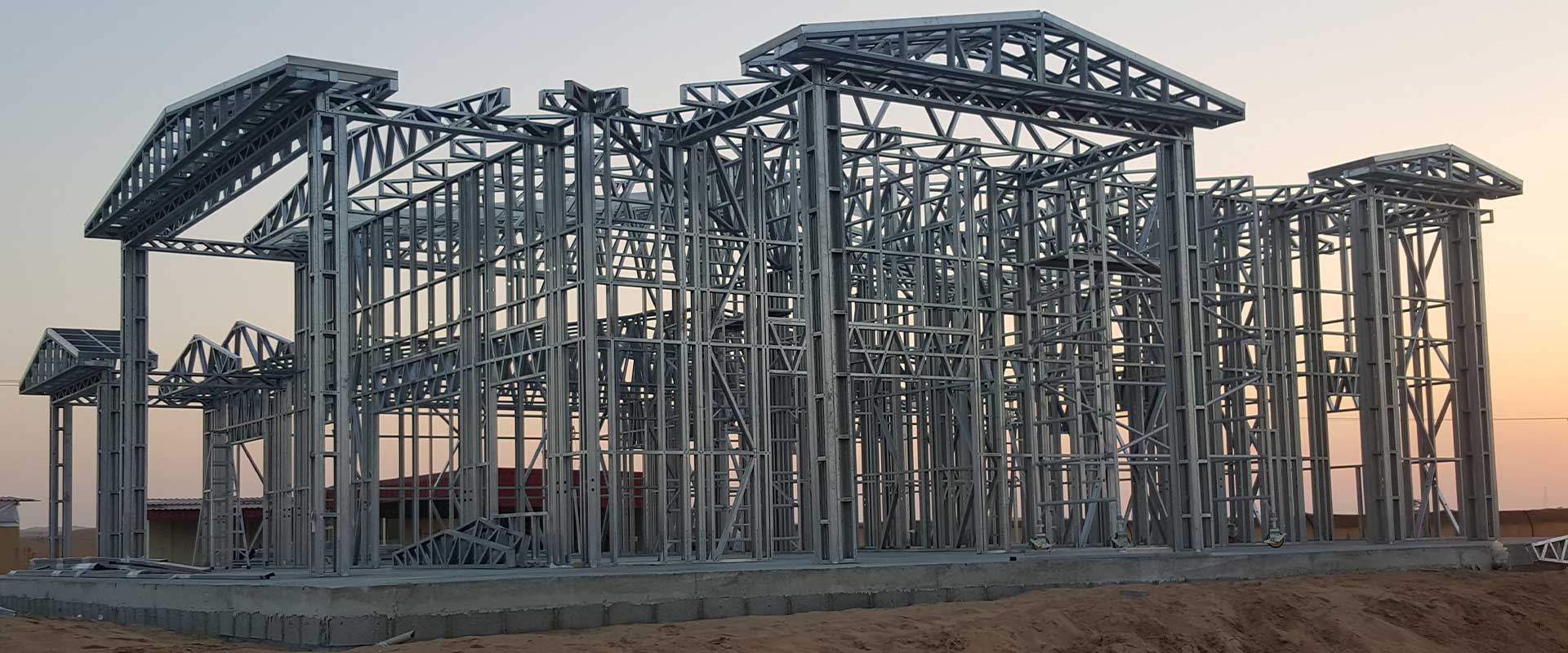Construction challenges can arise even when using highly reliable materials like light gauge steel frames. These issues often stem from improper planning, lack of expertise, or unsuitable handling practices. If you’re dealing with structural concerns, thermal performance, or assembly difficulties, a proactive approach can make a significant difference. Information about these challenges and their solutions ensures you make the most out of your light gauge steel KSA for a successful project.
Address structural weakness:
Structural problems often occur due to improper connections or inadequate bracing. To resolve this, ensure all connections are tight and use appropriate fasteners as recommended by the manufacturer. Additionally, implement diagonal bracing or shear walls to maintain the structural stability of the frame.
Prevent thermal bridging:
Thermal bridging is a common issue where heat transfers through the steel, causing energy inefficiency. To tackle this, use thermal breaks or insulation materials like rigid foam boards to reduce the transfer of heat and improve the building’s energy efficiency. Proper insulation ensures comfortable indoor temperatures and lowers energy costs.
Overcome moisture issues:
Although steel is resistant to pests and rot, it can still suffer from moisture problems leading to rust if not properly treated. Always use galvanised or coated steel to protect against corrosion. Additionally, ensure proper drainage systems and moisture barriers during construction to keep the structure dry.
Avoid assembly errors:
Incorrect assembly is a major source of problems in light gauge steel frame construction. Work with experienced professionals and follow detailed installation guides provided by the manufacturer. Use pre-cut components to simplify assembly and reduce the risk of errors on-site.
Ensure proper load distribution:
Overloading certain sections of the frame can lead to structural damage. To resolve this, perform load calculations during the design phase to ensure even weight distribution across the structure. Consulting with an engineer ensures the frame meets safety standards and load requirements.
Plan for future modifications:
If you anticipate future changes to the structure, design the frame with flexibility in mind. This includes adding extra framing members or leaving space for expansion or reconfiguration.
Light gauge steel frames are an excellent choice for modern construction, but challenges can arise without proper planning and implementation. By addressing these issues early, you can ensure the efficiency and durability of your light gauge steel frame structure.
